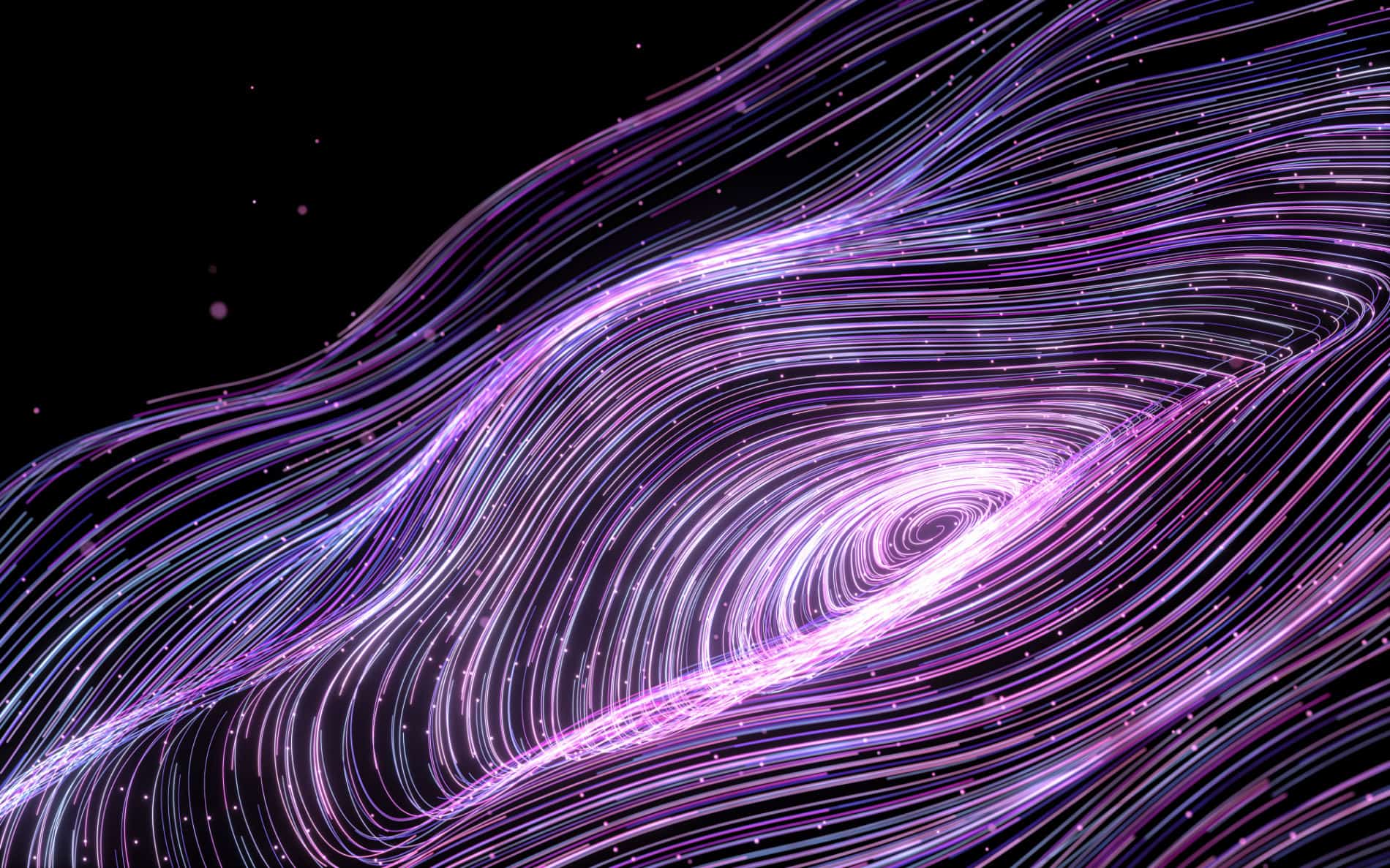Your cart is currently empty!

Your cart is currently empty!
A student asked whether I can post something on Shiva ratri, and hence, just pasting an article which I wrote...

A student asked whether I can post something on Shiva ratri, and hence, just pasting an article which I wrote for the ‘Star’ on this subject, around five years back. Tonight is Shiva ratri (March 2), a night dedicated to Shiva. In yoga, we see Shiva as the un-manifest, all pervasive intelligence of the universe, by which and in which everything manifest, exist and eventually unmanifest.
In his famous book, The Tao of Physics, physicist and researcher Fritjof Capra says: “The dance of Siva is the dancing universe; the ceaseless flow of energy going through an infinite variety of patterns that melt into one another. According to quantum field theory, all interactions between the constituents of matter take place through the emission and absorption of virtual particles. More than that, the dance of creation and destruction is the basis of the very existence of matter, since all material particles ‘self-interact’ by emitting and reabsorbing virtual particles. Modern physics has thus revealed that every subatomic particle not only performs an energy dance, but also is an energy dance — a pulsating process of creation and destruction. For the modern physicist, then, Siva’s dance is the dance of subatomic matter, a continual dance of creation and destruction involving the whole cosmos, the basis of existence and of all natural phenomena. The metaphor of the Cosmic Dance thus unifies ancient mythology, religious art and modern physisc”.
In Hatha yoga, we have Natarajasana or the King of Dance, Shiva, pose. In this asana, the extended front arm represents the outward creative, emmissive, revealing power of the universe. The back arm pulling the foot towards the head represents the withdrawal of creation, or the absorptive, veiling power of universe.
Serious yoga students try to feel the three fold qualities of universal energy in every yoga posture, and especially in Natarajasana. When getting into the pose, we are expressing, manifesting, creating; when balancing on the other leg, we sustain, maintain; when coming out of it, we dissolve what we created.
Today, those who are inclined, let us do one natarajasana as an active pose, and do some sitting practice. let us start with Natarajasana, as this posture can improve sense of balance, strengthen ankle joint and leg muscles, improve flexibility of hipflexors and spine
Sitting Practice
Shiva is not only considered as the body of the dancing cosmos, but is also seen as the still consciousness in which this dance occurs. In one of the scriptures it is said, ‘In the middle of the eye brows of everyone, I reside’. This point is an important concentration points in yoga. It is even said that it is for keeping some awareness of this energy spot that the custom of Indians putting color spots at the middle of the eyebrows came into being. Let us try to attune with this energy point.
